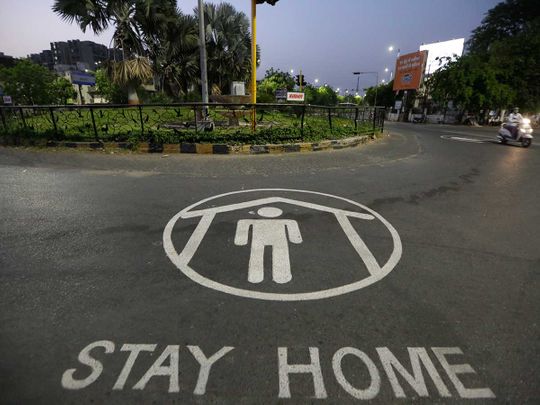
Highlights
- WHO sets 6-point guidelines for easing stay-at-home orders
- Concerns over contagion among vulnerable members of the community, especially the elderly, drive calls to have phased easing
- Data on full extent of COVID-19 infection compared to seasonal flu yet unknown, as estimates of spread vary widely
- Infection, case fatality rates depend on testing, which in many countries is still found wanting
Dubai: The world is emerging from stay-at-home orders triggered by COVID-19. Nations are restarting their economies as people go back to work, and businesses reopen.
The coronavirus has disrupted daily life for billions of people, not to mention the tens of thousands killed. It has also reshaped society – including 1.4 billion children whose educations are now derailed. Companies big and small have faced massive losses, with millions of people out of work.
That lockdowns work is plain in sight, undeniable. And hope for better days post-COVID-19 springs eternal.
With social distancing, it's not business as usual
But it's too early to say whether the world will be back to "business as usual."
- COVID-19: Lockdown 3.0 poses the great Indian dilemma of life or livelihood
- Be kind: How New Zealand is winning COVID-19 fight, with 4 lockdown levels
- Roche COVID-19 antibody test gets emergency FDA approval
- Emirates SkyCargo set to connect New Zealand with key global markets
- Coronavirus: Indian migrant worker dies after cycling over 1,200kms, another dies of exhaustion after walking 100km, amid lockdown
Coronavirus outbreaks are still at different stages around the world.
Some countries, including the UAE, Australia and New Zealand, have eased their restrictions, whereas elswhere the restrictions are being kept in place. Still in other places, they are even being strengthened.
The World Health Organisation (WHO) is advising countries that ease restrictions to wait at least two weeks to evaluate the impact, before taking further measures.
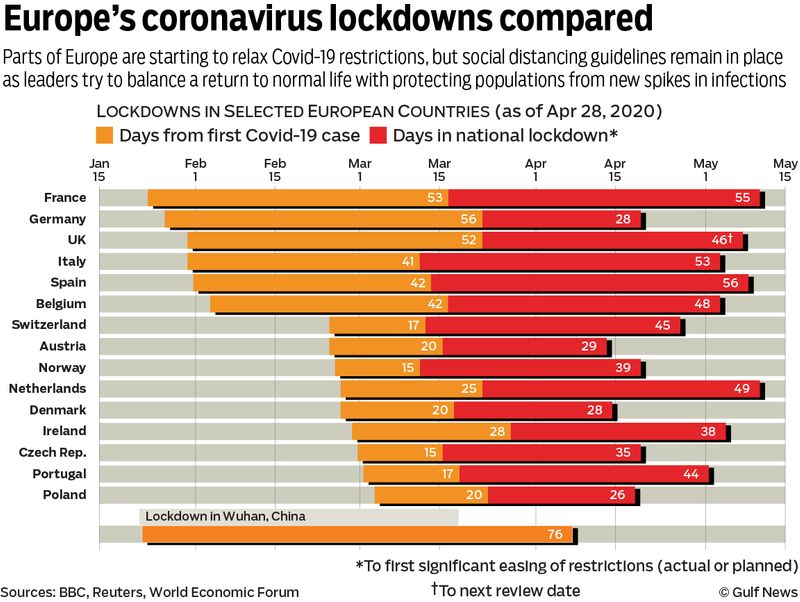
What would it take for the lockdowns to ease?
Across the world, the question of when to ease shutdowns remains a burning issue. Data on the actual case fatality rate of COVID-19 against seasonal flu, for example, is still out, due to lack of testing in many places.
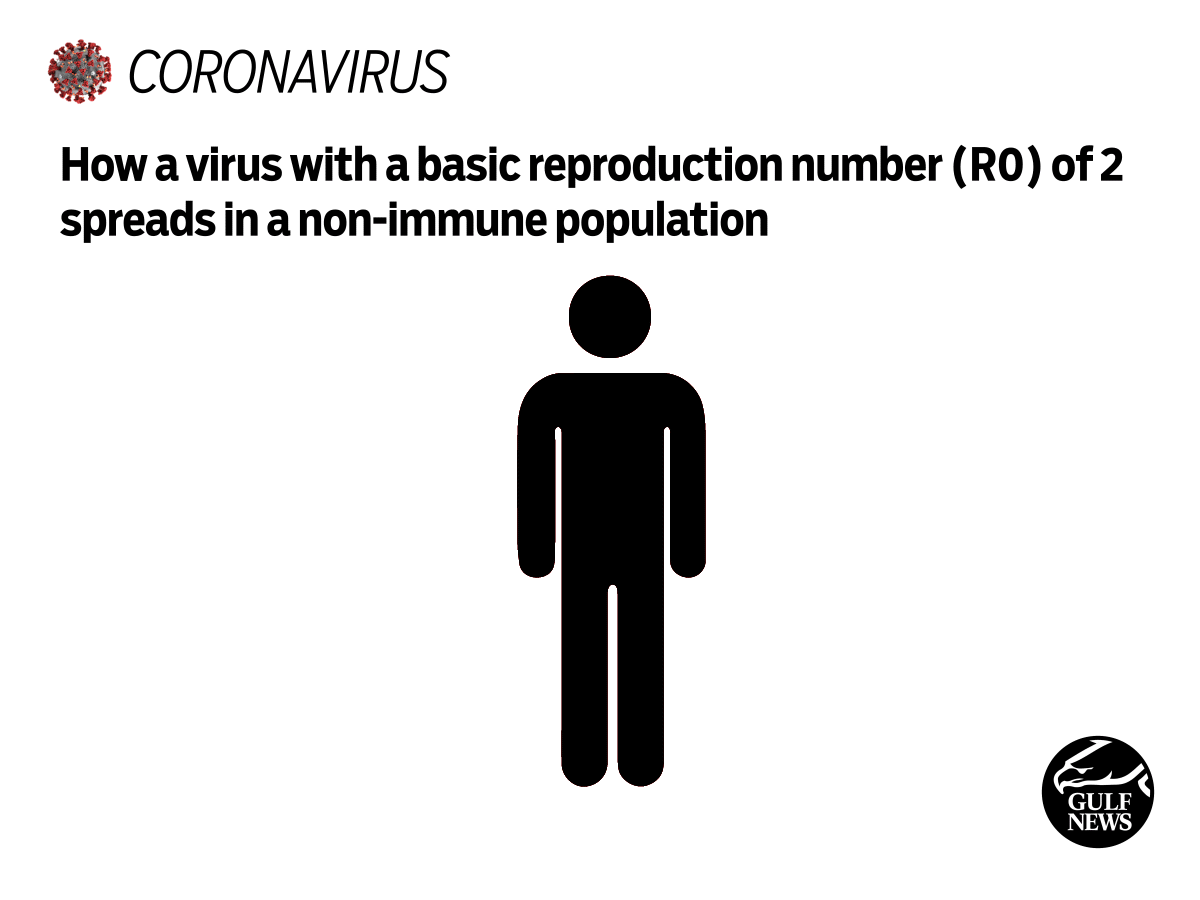
The EFFECTIVE REPRODUCTION NUMBER (Reff) measures the average number of people that would be infected by a single infectious person, taking into account the public health interventions implemented to control the spread of the virus.
Across the world, 3.6 million cases had been confirmed, with nearly 250,000 deaths as of May 5, 2020. The US is on top, recording more than 1.2 million cases, with nearly 69,000 deaths.
Billions of people, a big chunk of whom are in India, are still living under some form of quarantine.
Some in America have invoked their constitutional right in demanding an end to local stay-at-home orders, even before a vaccine is ready. But experts say the curbs on movement have achieved much, and with clear benefits in cutting down transmission.
Such gains should be protected, lest the more vulnerable sectors of the population be unnecessarily exposed, according to a UN guidance.
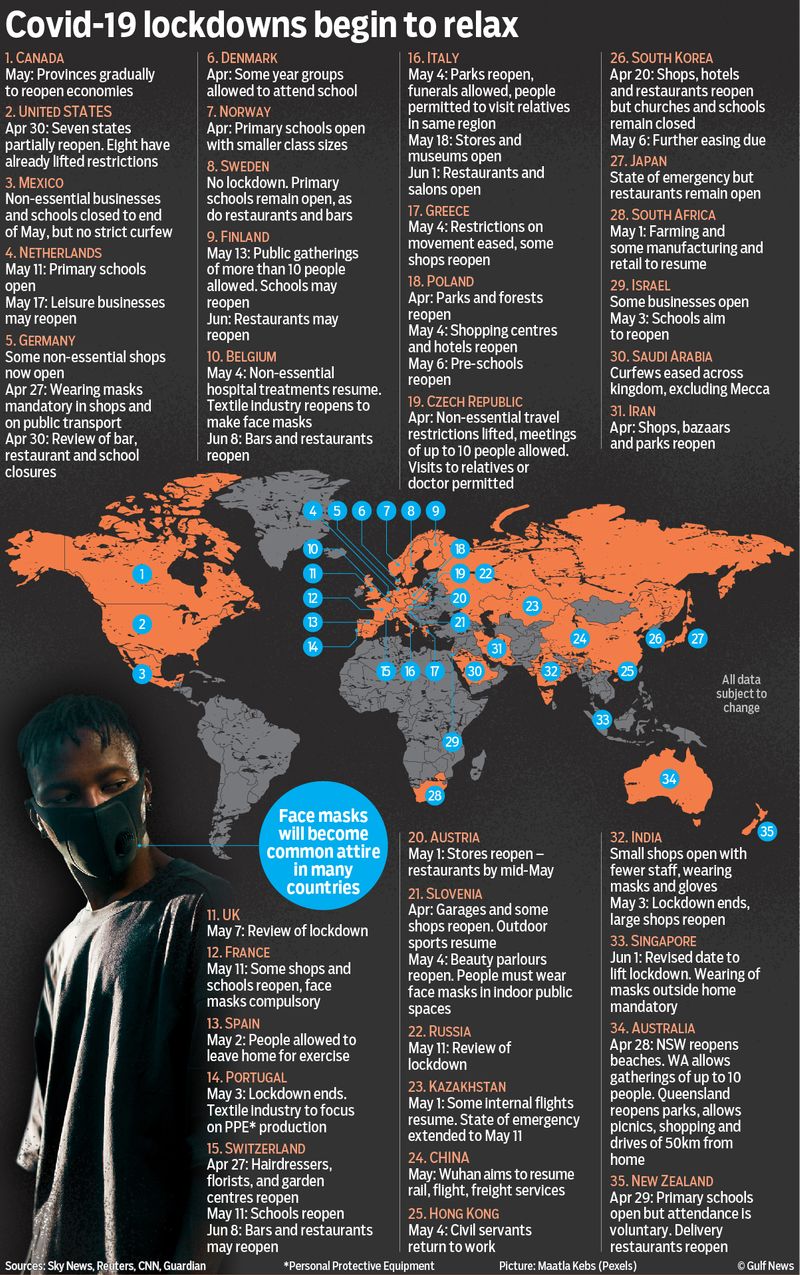
6 WHO guidelines for ending a coronavirus lockdown
The WHO gave a new guidance (on May 1, 2020) in easing lockdowns. Experts say people must be ready to "change behaviours for the foreseeable future," as the agency laid down the following conditions to be met before lifting of quarantine orders:
1. Disease under control
The first key step to easing restrictions and preventing a second wave is having no local transmission. The WHO said they would measure this as being when new cases are either detected sporadically or when they come in clusters from known contacts or people coming into the country.
2. Capacity of health systems
The agency listed five key measures to “detect, test, isolate and treat every case and trace every contact”. The WHO recommends authorities continue to actively look for new cases through measures such as entry screening and providing test results within 24 hours.
3. Protection for the vulnerable
Hot spot risks are minimised in vulnerable places, such as nursing homes.
4. Safety for schools, workplaces
Ensure schools, workplaces and other essential places have established preventive measures. Places with high footfall must keep measures to lower the risk of infection — physical distancing, hand washing, respiratory etiquette and temperature monitoring.
5. Passenger screening
The WHO also recommended that the risk of importing new cases “can be managed”. Authorities should not consider lifting lockdowns until they've completed a thorough analysis of likely origin and routes of cases that entered the country. Measures to rapidly detect and isolate travellers suspected of carrying coronavirus must also be in place.
6. Communication
Communities are fully educated, engaged and empowered to live under a "new normal". In Asia, many countries saw a rise in cases when restrictions were first eased. The WHO says a buy-in, or cooperation, from the public is vital to successfully transitioning out of lockdown.
A good model in terms of public communication is New Zealand, with its 4-Level Alert System, driven by data and scientific facts, which ensures everyone is on the same page.
Without a ready vaccine, or therapy that works across the board, a full easing of measures may lead to undesirable outcomes, including a situation where the healthcare system gets overwhelmed, said the WHO.
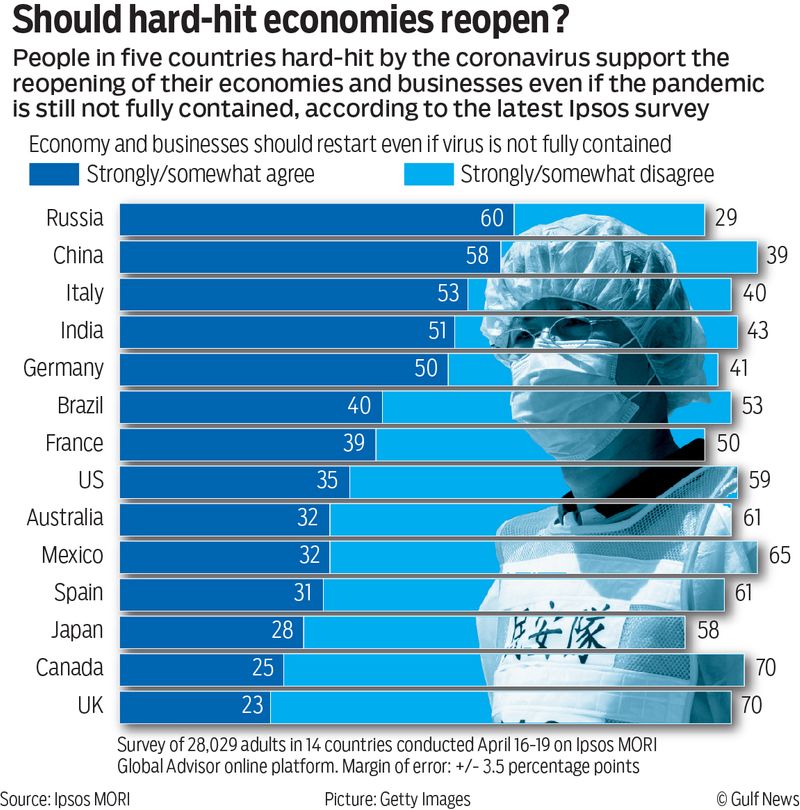
The virus has spread in facilities for the elderly in Europe and North America. In Singapore it has infected migrant workers in dormitories.
“It’s really important that as countries ease those measures that they are constantly on the look out for a jump in infections and in particular are dealing with transmission in special settings,” Dr. Mike Ryan, executive director of WHO's emergency programme, said in a recent briefing.
“Because a spark in a situation like that turns into a fire very, very quickly,” he added, referring to the Singapore experience.
The WHO recognises the difficulty for governments to maintain lockdowns during the pandemic, “for social, psychological and economic reasons. So we are very anxious that we can move to a situation where the disease can be kept under control with less severe measures,” he said.
“But at the same time we want to avoid a situation where we release measures too easily and then we bounce back into intense transmission and we have to do it all over again,” he said.
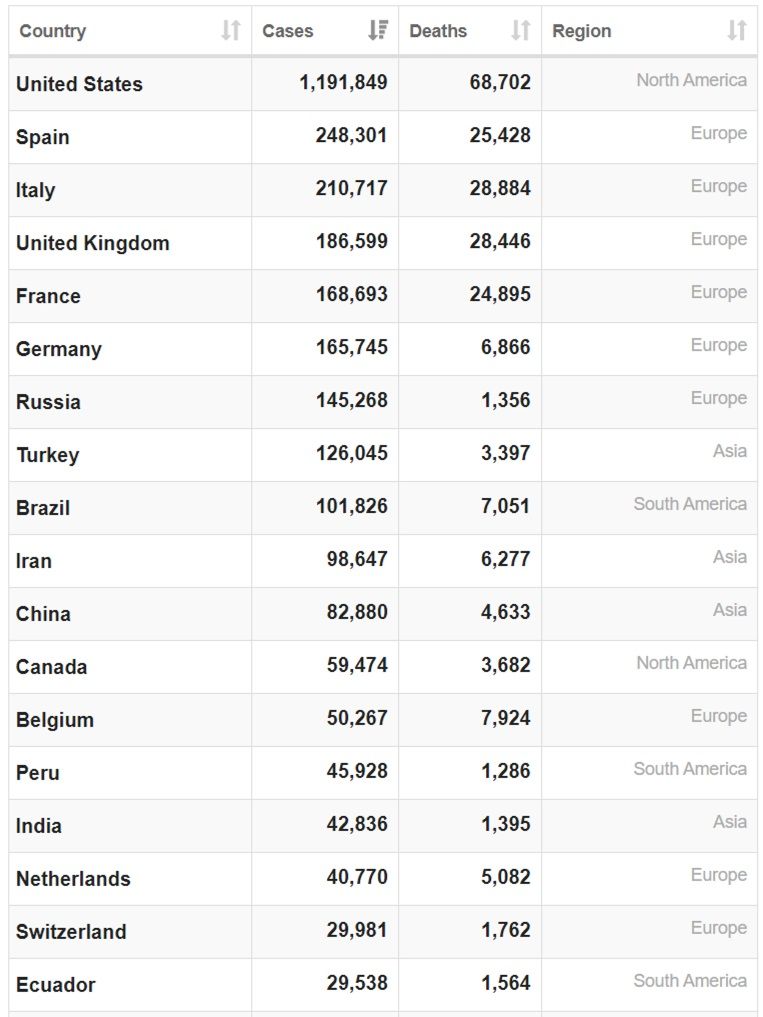
What next?
Even as some Western countries begin easing lockdowns, there are worrying trends of spread in more countries, Dr. Ryan said.
He mentioned Haiti, Somalia, Yemen, Sudan, South Sudan, Syria, Yemen, Afghanistan, Sierre Leone, Central African Republic, and a “serious cluster” in Kano, northern Nigeria.
As experts, authorities and the global community try to deal with the SARS-Cov-2 spread and help curb its spread, there's no doubt everyone has a role to play. It starts with better hygiene, observing social distancing and following alert levels as laid down by health authorities.
Experts have mentioned it may take take several months — even up to two years, states one report — to deal with and understand the full extent of this pandemic.
Eventually, only the whole truth surrounding the novel coronavirus story, coupled with human ingenuity (through safe, effective and affordable therapy or vaccine), will set humanity free.








